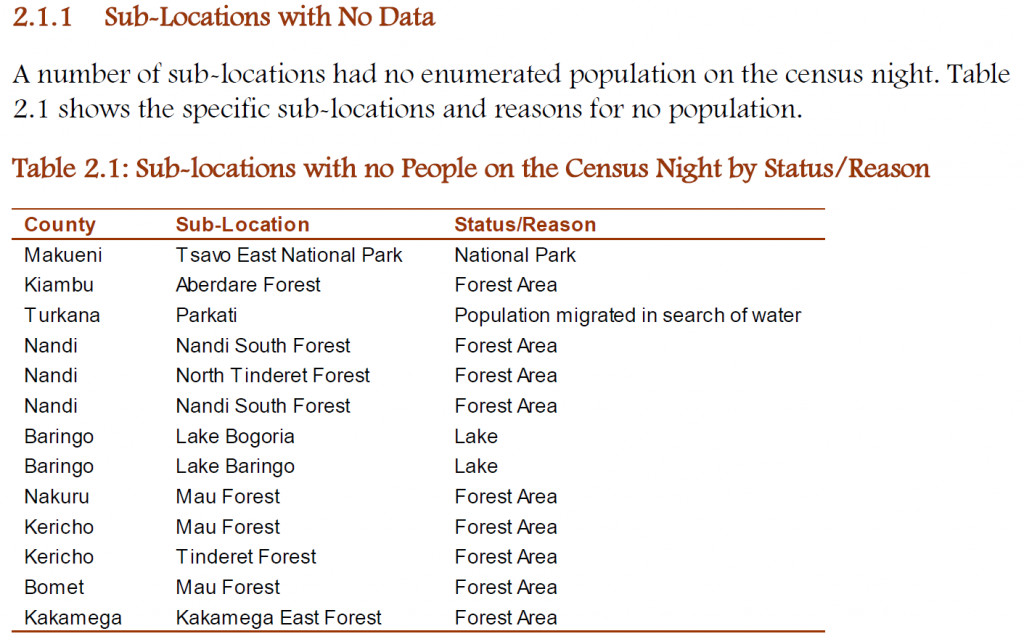With the recently released data showing that Kenyans are a total of 47,564,296 persons, it is interesting to note that there are some areas with no inhabitants.
During the census, 23,548,056 males, 24,014,716 females and 1,524 intersex people were enumerated.
Businesses, Connections that Created the Multi-Billion Moi Fortune
This represented an intercensal growth rate of 2.2 per cent compared to a growth of 2.9 per cent in the 2009 census, according to the Kenyan National Bureau of Statistics (KNBS).
Interestingly, a majority of Kenyans live in rural areas with almost 70% having been counted there. Of the numbers, 32,732,596 were enumerated in rural areas and 14,831,700 in urban areas.
Areas Where no one was Counted
According to KNBS, “the intersex figures are too few to be distributed at the sub-national level and totals may, therefore, differ slightly from the national aggregate.”
Another interesting outcome is that some sublocations had no one counted on the night of the census.
As funny as it may sound, there are areas in Kenya which returned a zero during the 2019 census.
NHIF Makes Falling Sick a Crime, to Make Billions in Sinister Move
KNBS gives various reasons for this occurrence.
According to the bureau, the reasons are that the areas are either national parks, forest areas or that the populations had migrated on the night of the census.
Below are the areas where no one was counted in Kenya:

How KNBS Conducted the Census
KNBS says the census personnel included 2,467 ICT supervisors, 22,268 content supervisors and 138,572 enumerators.
The actual enumeration took place from the night of 24th/25thAugust 2019 and ended on 31st August 2019. A mop-up exercise was conducted on 1st and 2nd September 2019.
The special population was strictly enumerated on the night of 24th/25th August 2019. The 2019 Census adopted the de facto approach where all persons within the boundary of Kenya were enumerating depending on where they spent (or were found on) the census night. The canvasser method of enumeration, where information for each individual or household is collected and recorded by a trained census official designated to perform the tasks in the assigned area, was used.
















Leave a comment